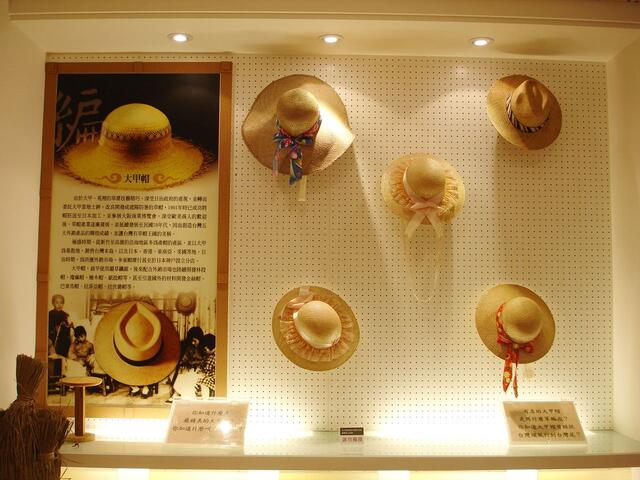Dajia Sanbao Cultural Museum - Yuzhenxin Guangming Flagship Store Introduction
The "Soo Bing" was originally one of the engagement pastries in the Dajia area. After Yu Jan Hsin Bakery replaced lard with natural butter and refined it, the name "Butter Soo Bing" became widely known through word of mouth from devotees, and it is now recognized as one of the "Three Treasures of Dajia" along with "Dajia Mazu" and "Dajia Hat Weaving." The "Dajia Three Treasures Cultural Museum" is located on the upper floor of the Yu Jan Hsin flagship store, showcasing "Old Dajia Photographs," "Scenes of Hat Weaving," "Making Traditional Butter Soo Bing," and sixteen wooden carvings depicting the life stories of Mazu. The museum also hosts cultural and artistic exhibitions periodically.























